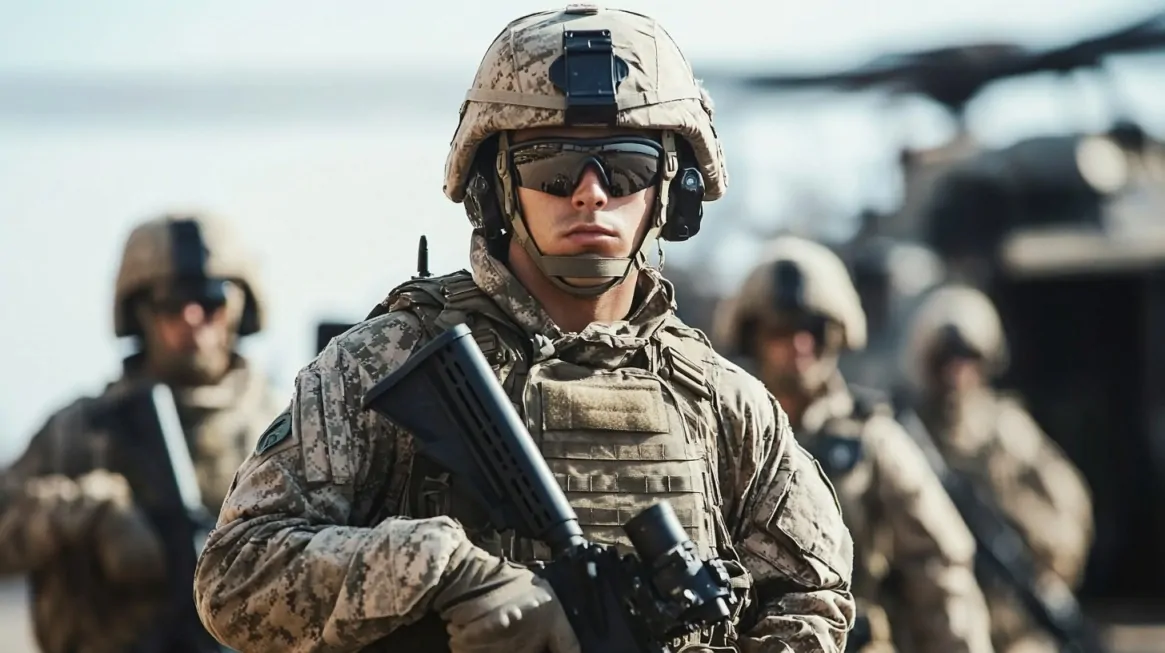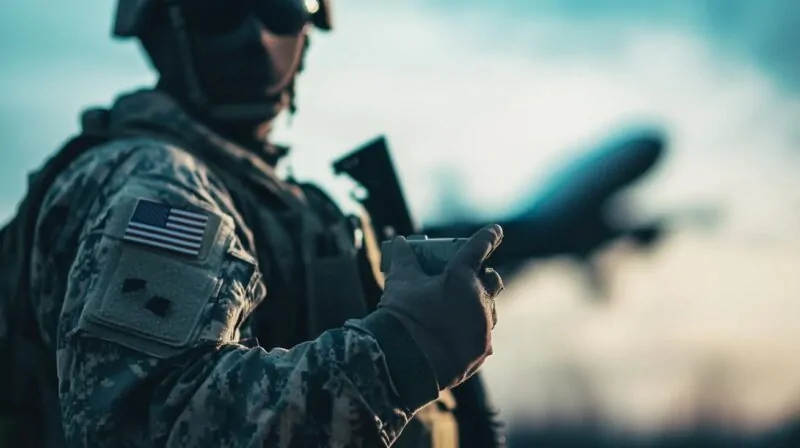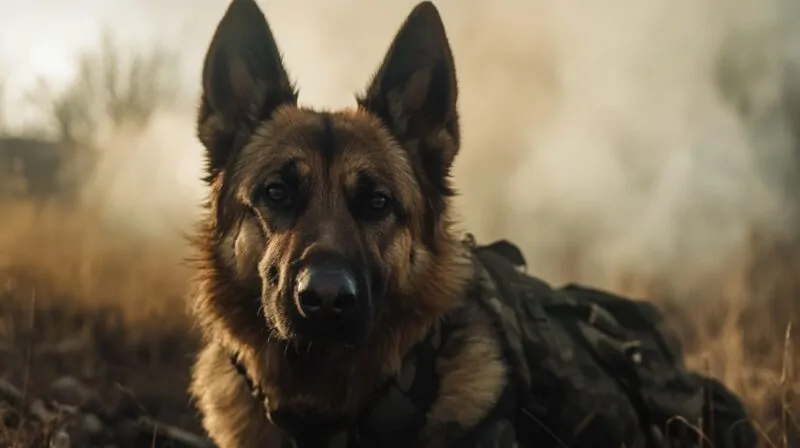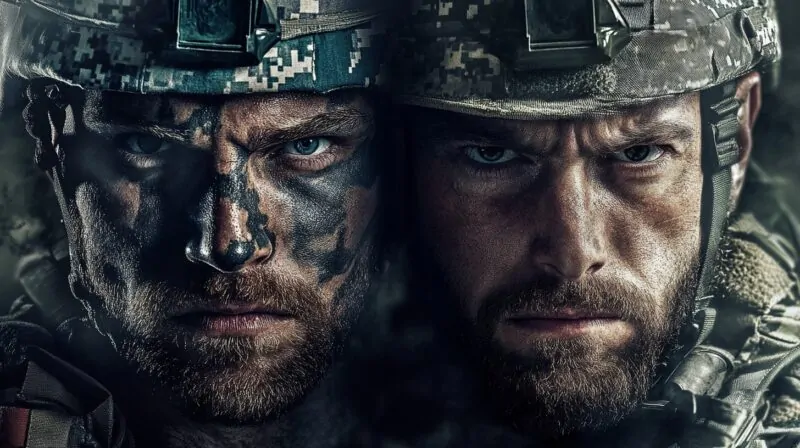Global instability continues to drive military expansion. Defense spending hit $2.4 trillion in 2023 and shows no signs of slowing. In 2025, armed forces are not just defense mechanisms, they’re geopolitical power brokers.
Nations invest heavily in technology, manpower, and strategic influence.
- Manpower
- Equipment (Gear, Helicopters, Airplanes, Drones)
- Financial strength
- Logistical capacity
- Geography
- International alliances
Lower scores indicate higher strength and readiness.
Let us look at who has the best military in the world and the top 10 in the world.
Table of Contents
Toggle1. United States

- Power Index: 0.0744
- Personnel: ~2.8 million
American military power in 2025 continues to define the global standard. With a defense budget exceeding $831 billion, the United States allocates more funding than the next several countries combined.
The financial scale fuels rapid advancements across air, land, sea, cyber, and space domains. Research and development remain relentless, with projects like the B-21 Raider stealth bomber entering active deployment and next-generation nuclear submarines underway.
Tactical air superiority remains unmatched, thanks to the F-22 Raptor and F-35 Lightning II programs.
- Low observability
- Advanced avionics
- Multi-role versatility
Airborne assets receive critical support from a vast logistics fleet, including C-17 Globemaster and KC-46 Pegasus aircraft.
Naval dominance remains central to U.S. strategy. Eleven nuclear-powered aircraft carriers form the backbone of global force projection. These carriers are accompanied by dozens of cruisers, destroyers, and submarines, many equipped with Aegis systems and Tomahawk cruise missiles.
Amphibious readiness through marine expeditionary units adds flexibility in crisis response.
Space Force adds a new dimension to defense posture. Satellite surveillance, GPS resilience, and anti-satellite countermeasures strengthen superiority above Earth. Cyber Command protects national infrastructure while executing offensive cyber operations globally.
Alliances further boost reach. NATO commitments, bilateral partnerships in the Indo-Pacific, and presence across more than 70 countries ensure rapid deployment capacity.
2. Russia
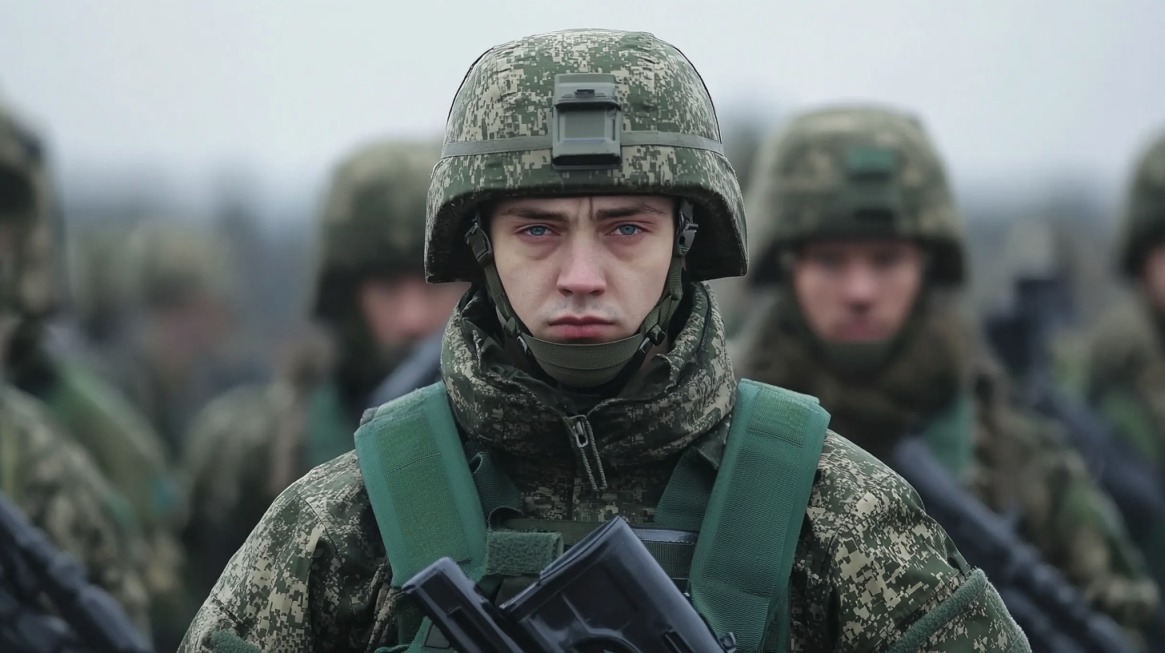
- Power Index: 0.0788
- Personnel: ~3.5 million
Russian military power remains formidable in 2025, driven by a blend of strategic legacy and aggressive modernization. Possession of the largest nuclear arsenal in the world anchors its global deterrence.
Intercontinental ballistic missiles such as the RS-28 Sarmat and Avangard hypersonic glide vehicles provide a second-strike capability few nations can rival.
Ground forces maintain a significant footprint, supported by over 12,000 tanks and a robust network of armored vehicles and artillery systems. Ongoing conflicts and military intervention in Ukraine have given Russian forces combat experience across multiple terrains.
Despite facing economic pressures, the military industry continues to deliver upgraded platforms, including T-90M tanks and BMP-3 infantry fighting vehicles.
Air defense systems remain a major strength. The S-400 and next-generation S-500 systems offer long-range interception and high-altitude engagement against missiles, aircraft, and satellites. These systems are deployed domestically and exported to allies, reinforcing Russia’s influence.
Air force capabilities include long-range bombers like the Tu-160 and Tu-95, capable of delivering both conventional and nuclear payloads. Hypersonic weapons, such as the Kinzhal and Zircon missiles, elevate strike potential, offering speed and evasion against most defensive systems.
Naval operations focus on protecting Arctic routes, submarine warfare, and missile deterrence. Borei-class submarines and Admiral Gorshkov-class frigates add to maritime credibility, while icebreakers secure Russia’s northern interests.
Geographic expanse provides strategic depth, allowing fallback positions, hidden infrastructure, and wide-area operational flexibility. Troop mobilization can occur across multiple fronts simultaneously due to expansive logistics and reserve forces.
3. China
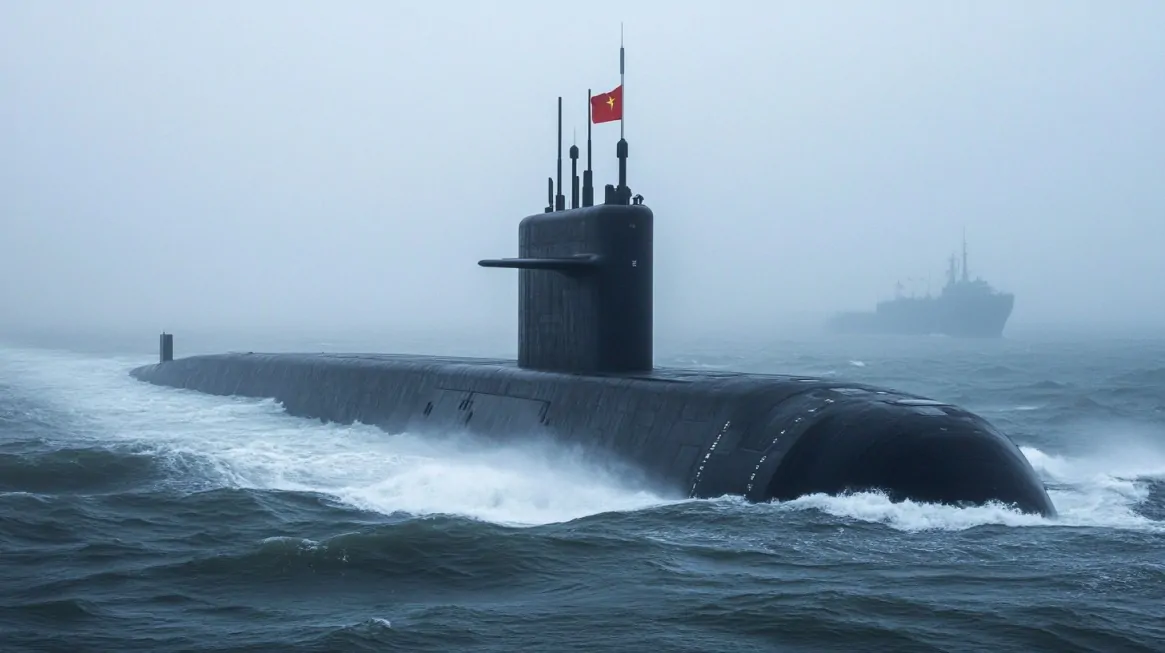
- Power Index: 0.0788
- Personnel: ~3.1 million
China’s military growth in 2025 reflects a strategy focused on regional dominance, global influence, and technological parity with top-tier forces. Investments in naval power have made the People’s Liberation Army Navy (PLAN) the largest in the world by vessel count.
Shipyards remain active year-round, producing destroyers, frigates, amphibious assault ships, and aircraft carriers at a rate unmatched by any other country.
Air power continues to evolve through deployment of the J-20 Mighty Dragon—a stealth, twin-engine multirole fighter designed to challenge U.S. air dominance. Electronic warfare pods, AESA radar, and precision-guided munitions elevate its capabilities.
A growing fleet of drones, especially GJ-11 Sharp Sword, and unmanned systems expands surveillance and combat options across contested zones.
Cyber operations form another critical pillar. China’s focus on cyber defense and offense has led to the development of advanced electronic warfare units and state-sponsored cyber teams. These units conduct surveillance, disrupt systems, and protect key networks domestically and internationally.
- Satellite constellations
- Anti-satellite missiles
- Tiangong space station
Modernization of the PLA includes restructuring command hierarchies, improving logistics, and enhancing training standards.
🇨🇳 Senior #PLA officers at the “Two Sessions” suggested using more civilian resources to develop the armed forces and prepare for possible conflicts
🔻 What exactly did the Chinese generals propose?
🔴 Land use planning for the construction of military facilities.
🔴 Joint… pic.twitter.com/LfgfohWn1S— Uncensored News (@Uncensorednewsw) March 11, 2025
- New armored vehicles
- Long-range rocket artillery
- Heavy-lift transport aircraft
Tensions in the South China Sea and Taiwan Strait provide real-world scenarios for force readiness. Military drills, island fortifications, and anti-access/area-denial (A2/AD) systems are in place to assert claims and deter rivals.
4. India
- Power Index: 0.1184
- Personnel: ~5.1 million
India operates one of the world’s most extensive military forces, both in active duty and reserves. With over 5 million personnel available, manpower remains a major asset.
Strategic investments under the “Make in India” initiative have accelerated defense modernization, focusing on domestic manufacturing and technological self-reliance. Nuclear capabilities form the backbone of strategic deterrence.
- Land-based Agni missiles
- Submarine-launched variants
- Aircraft-based platforms
The doctrine of credible minimum deterrence drives policy while maintaining second-strike capabilities.
Air power features both imported and domestically developed platforms. Tejas Light Combat Aircraft represents progress in indigenous aviation. Su-30MKI fighters, upgraded Mirage 2000s, and Rafale jets provide multi-role capabilities.
Helicopter assets, including HAL Dhruv and Apache AH-64Es, enhance mobility across varied terrains.
On land, armored units field T-90s, Arjun MBTs, and BMP-2s supported by a vast artillery network. Indigenous production lines continue to expand with an emphasis on mobile artillery, loitering munitions, and future-ready combat vehicles.
Naval strength includes an expanding fleet of destroyers, submarines, and aircraft carriers. INS Vikrant, India’s first indigenously built carrier, marks a major step in maritime capability. Naval strategy focuses on the Indian Ocean, where dominance supports regional influence and protects shipping lanes.
Special Forces units like Para SF and MARCOS are trained for unconventional warfare and high-risk operations. High-altitude warfare skills are unmatched, with extensive deployment and operational experience in areas like Siachen and Ladakh.
5. South Korea
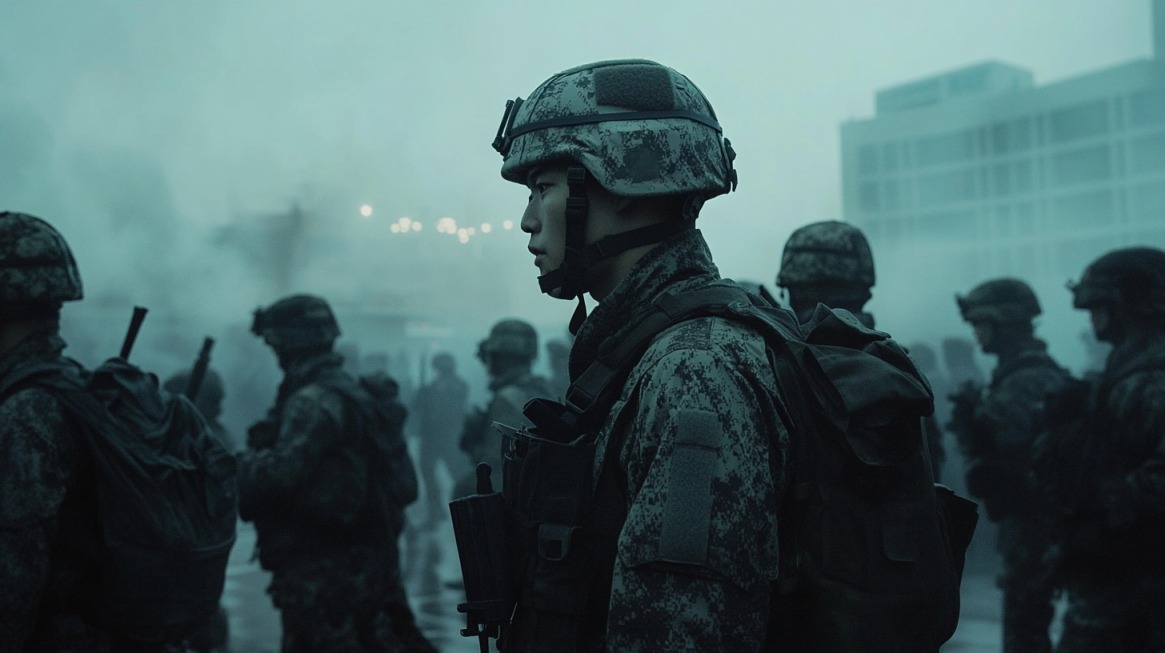
- Power Index: 0.1656
- Personnel: ~3.8 million
Military readiness in South Korea is forged under constant threat. Decades of tension along the Demilitarized Zone have pushed the nation to build one of the most advanced and disciplined armed forces in the world.
With mandatory conscription and a population accustomed to the realities of war preparation, South Korea maintains a large and highly trained force capable of rapid mobilization.
Defense strategy prioritizes high-tech integration. Systems like THAAD (Terminal High Altitude Area Defense) and the Korean Air and Missile Defense (KAMD) network provide multi-layered protection against ballistic threats.
Precision strike capabilities have expanded significantly, supported by locally produced guided missiles and advanced surveillance systems.
The ground forces benefit from cutting-edge platforms such as the K2 Black Panther tank, one of the most advanced main battle tanks globally. Developed domestically, it features automatic targeting, reactive armor, and high-mobility propulsion.
Air defense relies on a growing fleet of F-35s, F-15Ks, and indigenous KF-21 Boramae fighters.
Naval forces focus on regional sea control, with destroyers equipped with Aegis systems, modern submarines, and amphibious assault capabilities. Naval modernization includes the development of a light aircraft carrier and strategic command centers for ocean-based deterrence.
Cyber Command plays a major role, defending infrastructure and conducting electronic warfare. Technological focus extends into space and drone capabilities, where South Korea aims to compete with regional powers.
The U.S. alliance ensures constant joint exercises, interoperability, and access to intelligence and advanced systems. Combined command structures and integrated early warning programs increase combat readiness.
6. United Kingdom
- Power Index: 0.1785
- Personnel: ~1.1 million
British military power in 2025 reflects a fusion of heritage and modern capability.
- Versatility
- Strategic reach
- Elite performance
As a nuclear power, the United Kingdom maintains a fully operational nuclear triad, ensuring second-strike capability through submarine-launched ballistic missiles, long-range bombers, and air-launched systems.
At the heart of its conventional strength lies the Royal Navy. Two Queen Elizabeth-class aircraft carriers offer mobile command centers for air and sea operations, supported by Type 45 destroyers, Astute-class submarines, and Royal Marines trained for rapid amphibious deployment.
Carrier Strike Group operations often include joint drills with NATO and allied navies, showcasing interoperability and coordination across complex theaters.
Royal Air Force operations are built around the Eurofighter Typhoon, a multirole combat aircraft with air superiority and strike capabilities.
The RAF also fields F-35B Lightning II jets, enhancing stealth and precision strike abilities.
Aerial refueling, reconnaissance, and surveillance platforms round out the UK’s airpower, allowing operations at significant range with extended duration.
Ground forces remain agile, with modernization programs like Future Soldier reshaping the British Army for fast reaction and cyber-integrated warfare. Special Forces, led by the SAS and SBS, conduct high-value missions across intelligence gathering, counter-terrorism, and hostage rescue.
Strategic partnerships and NATO influence enhance Britain’s military posture. The UK plays a leading role in securing European and global interests.
- Atlantic ocean
- Indian ocean
- Pacific regions
7. Japan
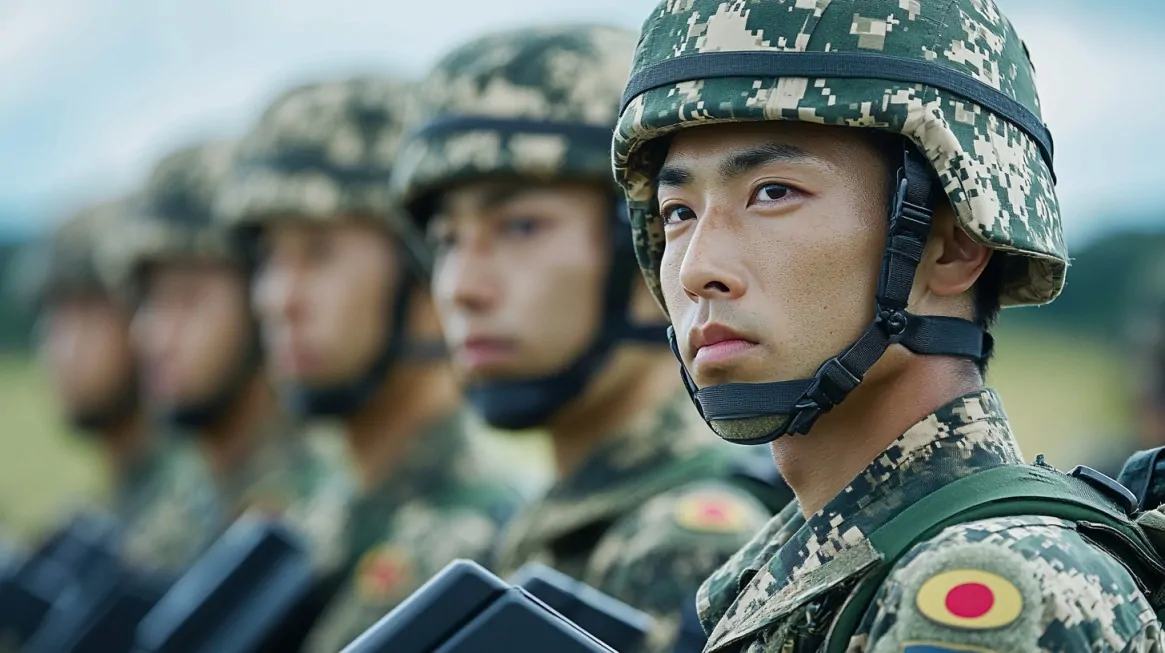
- Power Index: 0.1839
- Personnel: ~328,000
Japan’s Self-Defense Forces maintain a highly focused and technologically advanced military posture. Constitutional limitations restrict offensive warfare, yet strategic doctrine has evolved to meet regional threats through precision, deterrence, and rapid response.
- Advanced naval systems
- Air superiority
- Missile defense
- Cyber resilience
Fifth-generation F-35A and F-35B fighters bolster air power, with vertical takeoff variants supporting future carrier operations. Airspace around the Senkaku Islands and Sea of Japan demands frequent scrambles, keeping pilots combat-ready.
Radar systems and aerial refueling capabilities further strengthen mission endurance.
Japan’s naval fleet is among the most capable in Asia. Aegis-equipped destroyers like the Maya and Atago classes provide ballistic missile interception, enhanced command and control, and integrated radar coverage.
Submarine operations are stealthy and precise thanks to air-independent propulsion systems and quieting technologies. Maritime strategy emphasizes the defense of sea lanes and territorial waters.
Missile defense infrastructure receives constant upgrades. U.S.-Japan joint projects, including Aegis Ashore and the SM-3 interceptor program, respond directly to North Korean missile threats.
Cyber units defend critical national infrastructure and respond to digital intrusions as government agencies face increased targeting by state-sponsored actors.
Research and development within domestic firms focus on hypersonic glide vehicles, UAVs, and quantum communication. Long-term plans also include space-based surveillance and enhanced satellite coverage.
8. Türkiye
🇹🇷Turkish Armed Forces have been ranked 9th among 145 countries in the Global Firepower report.
Türkiye’s military strength is bolstered by its advanced aviation capabilities, robust defense systems, extensive armored forces, efficient logistics, and substantial manpower. pic.twitter.com/v7ZXFLO6Dj
— Türkiye Brand Office (@BrandTurkiye) January 17, 2025
- Power Index: 0.1902
- Personnel: ~883,900
Türkiye’s military strength in 2025 reflects decades of strategic positioning, defense autonomy, and operational experience in regional conflict zones. Bridging Europe, the Middle East, and Asia, Türkiye benefits from geographic leverage unmatched by most NATO members.
Armed forces maintain a high level of readiness and are deeply engaged in both internal and cross-border operations.
Bayraktar drones have reshaped modern combat scenarios. Used effectively in conflicts across Libya, Syria, and Nagorno-Karabakh, these drones now serve as one of Türkiye’s most recognized military exports.
The Bayraktar TB2 and Akıncı UAVs offer real-time battlefield intelligence and precision strike capabilities, changing the rules of engagement in asymmetrical warfare.
Indigenous defense manufacturing has become a national priority.
- Advanced radar
- Guided missiles
- Communication equipment
- Armored vehicles
Efforts to reduce reliance on foreign suppliers have produced significant results, placing Türkiye among the top arms developers globally.
NATO integration remains central. Turkish forces contribute to joint drills, operations, and missions across Eastern Europe and the Mediterranean. Conscription-based military service ensures large-scale manpower, while elite units such as the Maroon Berets provide specialized operational capabilities.
Combat experience gathered through decades of conflict with insurgent groups like the PKK has honed skills in mountain warfare, surveillance, and counterinsurgency.
Ongoing operations in Syria and Iraq further expand operational depth and readiness.
9. Italy
“Oggi celebriamo la vostra “Festa”, 102 anni di storia che hanno visto l’#AeronauticaMilitare nascere, crescere, evolversi. Ma soprattutto celebriamo voi uomini e donne in azzurro: la vostra passione, il vostro coraggio, il vostro spirito di servizio. Una Forza Armata che, in… pic.twitter.com/uSjRJjxlca
— Ministero Difesa (@MinisteroDifesa) March 28, 2025
- Power Index: 0.2164
- Personnel: ~289,000
Italy continues to reinforce its position as a dependable NATO partner and a reliable contributor to global security operations. Despite a smaller military footprint compared to larger powers, Italian forces maintain high readiness and modern capabilities across all domains.
The Italian Air Force plays a vital role in NATO’s collective defense architecture. With a fleet that includes Eurofighter Typhoons and F-35s, it ensures aerial dominance and rapid response capabilities.
Multinational exercises and deployment readiness are cornerstones of Italy’s air power strategy, supported by in-air refueling and electronic warfare assets. Naval strength gives Italy influence across the Mediterranean.
Aircraft carriers like the Cavour and a fleet of FREMM-class frigates, submarines, and amphibious vessels enable sustained operations in complex environments.
Naval aviation and amphibious forces allow for expeditionary missions, disaster relief, and maritime security enforcement.
The army is structured for flexibility. Mobile infantry, mechanized units, and alpine brigades offer specialized roles, particularly in mountain warfare. Italian special forces such as the Col Moschin regiment provide elite capabilities in counter-terrorism and unconventional warfare.
Defense industry efforts remain focused on modernization and domestic production. Collaboration with European partners ensures access to cutting-edge technology, while joint procurement initiatives reduce dependency on foreign suppliers.
Peacekeeping and stabilization missions highlight Italy’s operational reach. Longstanding involvement in international operations demonstrates a commitment to global stability.
10. Pakistan
- Power Index: ~0.2513
- Personnel: ~1.2 million
Pakistan secures a place in the top 10 through strategic positioning, nuclear capabilities, and battle-hardened infantry. As a regional military power, it operates under continuous tension with India while simultaneously addressing insurgency threats along its western borders.
Such conditions have shaped a defense structure focused on both conventional deterrence and asymmetric warfare.
A nuclear arsenal plays a central role in national defense doctrine. Pakistan maintains tactical and strategic warheads designed for rapid deployment, supported by a variety of delivery systems, including short-range missiles like Nasr and longer-range options such as Shaheen and Ghauri.
Missile development remains a top priority, with continued testing of new platforms intended to increase accuracy and mobility.
Close military and industrial cooperation with China fuels modernization efforts. Co-produced assets, including the JF-17 Thunder multirole fighter, provide cost-effective upgrades to air capabilities.
Indigenous drone development, such as the Burraq UCAV, enhances surveillance and strike options, especially in rugged or insurgency-prone areas.
Ground forces prioritize readiness and mobility. Decades of counter-insurgency operations in tribal regions and along the Afghan border have created a military adept at guerilla tactics, reconnaissance, and high-altitude warfare. Paramilitary forces and special units support national security and internal stability.
Naval capabilities, while smaller in comparison, focus on regional deterrence and the protection of maritime routes. Submarines and coastal defense systems strengthen control over the Arabian Sea, especially in partnership with China’s regional interests.
Honorable Mentions
Several countries fall just outside the top 10 but continue to exert considerable military influence in 2025.
Their capabilities reflect specific strategic goals, regional ambitions, or technological specialization.
France
France remains one of the most capable military powers in Europe. Possessing nuclear weapons and a well-trained force, it continues to play a leadership role in NATO and joint European Union operations.
The French Navy operates nuclear-powered submarines and aircraft carriers, while the Air and Space Force maintains a fleet of Rafale multirole fighters and strategic bombers.
Military interventions in Africa, counter-terror operations, and global peacekeeping missions have kept French forces battle-tested.
France also develops advanced defense systems and exports high-grade military hardware globally.
French Navy Rubis-class nuclear-powered attack submarine coming into Toulon, France – June 01, 2024
SRC: TW-@GGYSSELSSHIPS pic.twitter.com/yjbqW18Fij
— WarshipCam (@WarshipCam) June 1, 2024
Israel
Israel focuses on strategic defense, intelligence, and technology-driven warfare. Cyber capabilities rank among the most advanced globally, with a well-integrated command structure that fuses intelligence and operations.
- Iron Dome
- David’s Sling
- Arrow
The Israel Defense Forces emphasize rapid response, precision targeting via drones, and urban warfare preparedness. Regional threats have shaped a force that values agility, innovation, and pre-emptive strategy.
Intelligence agencies like Mossad and Unit 8200 are globally respected for their cyber espionage and electronic warfare capabilities.
Brazil
Brazil develops into a key regional military player in South America.
Ongoing investments in satellite technology, armored vehicles, and naval shipbuilding support broader defense goals.
With a large standing force and a growing aerospace industry, Brazil extends influence through peacekeeping efforts and regional security leadership.
According to Milos Nikolovski and his article on hurfpostbrasil.com, Brazil leads South America in military power with a defense budget of $24.75 billion. Its strong naval presence and 2.1 million personnel position it as a dominant force in the region.
Iran
Iran emphasizes asymmetric warfare, missile development, and regional influence through proxy networks.
Ballistic missile production has grown in range and accuracy. Naval harassment tactics in the Persian Gulf and drone manufacturing have expanded tactical reach.
Sanctions and constraints shape a military doctrine focused on resilience, self-reliance, and unconventional tactics.
The Islamic Revolutionary Guard Corps (IRGC) has fortified key islands in the Persian Gulf with advanced missile systems and fast-attack vessels, enhancing its deterrence posture.
Egypt
Egypt continues modernizing its military with acquisitions from France, Russia, and the United States.
Airpower receives upgrades with Rafale and MiG-29 fighters, while naval capability grows with new frigates and submarines.
Its position at the Suez Canal grants strategic leverage, and the armed forces are experienced in both counter-terrorism and conventional defense.
The Bottom Line
Global military power continues to shift. Alliances, geography, and technology shape how states assert influence. While the United States holds its place at the top, others are gaining ground quickly.
China and India focus on expansion and modernization, while countries like Türkiye and South Korea adapt with innovation. Future rankings may depend more on AI, quantum tech, and space command than on boots and tanks.
Adaptability and foresight may define the next generation of military supremacy.
Related Posts:
- What Is MOLLE? Why All Quality Tactical Gear Has It
- What are the Fastest Military Jets in the World in 2025?
- 10 Best Remote Jobs for Military Spouses in 2025
- How to Structure a 12-Week Military Running Program…
- Ballistic Stretching - Benefits, Risks, and Best Practices
- Top 10 High-Demand Military Occupations You Should…

